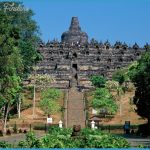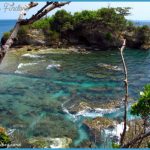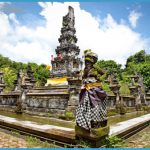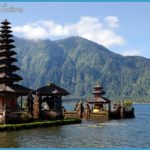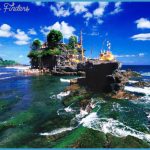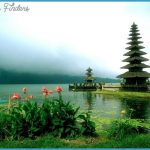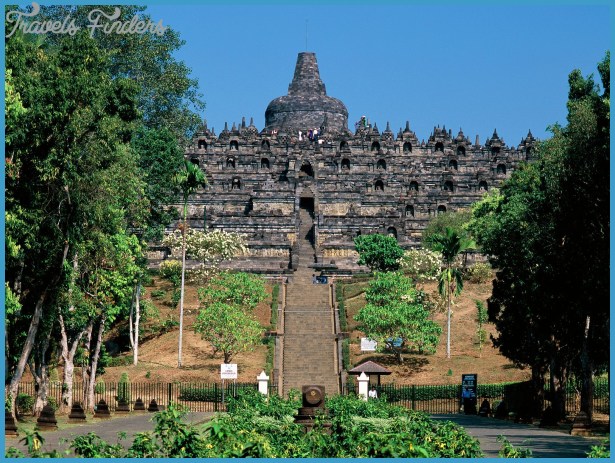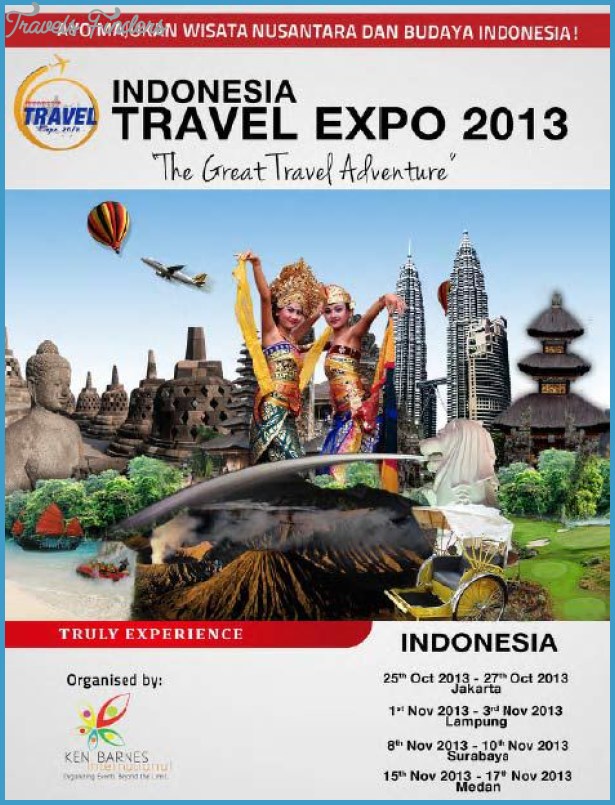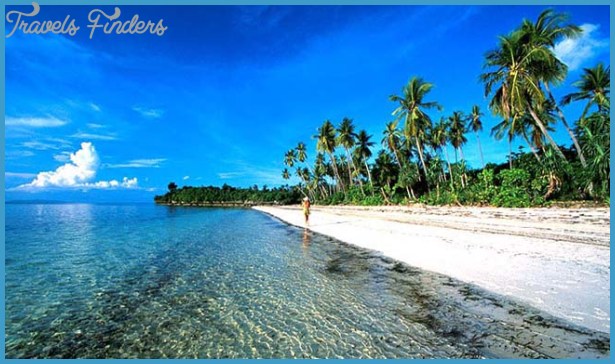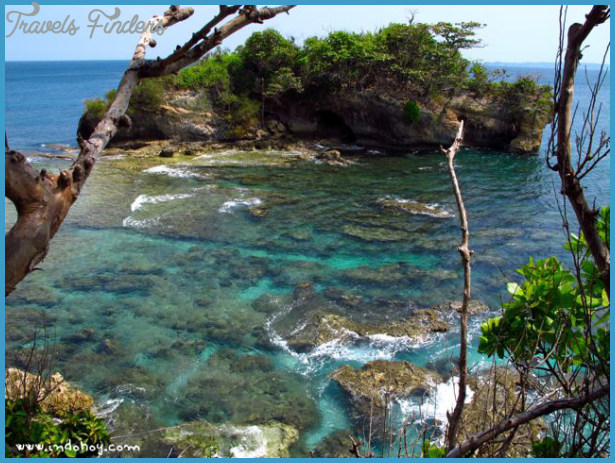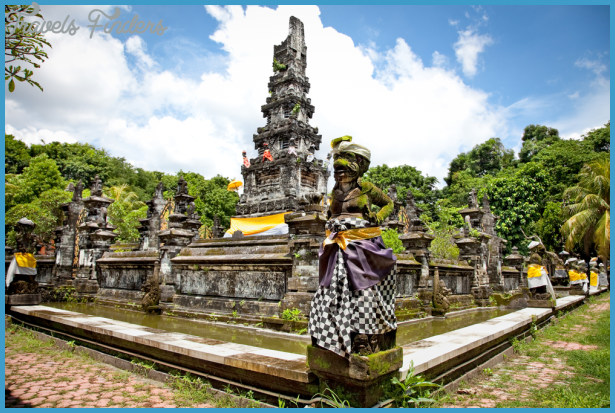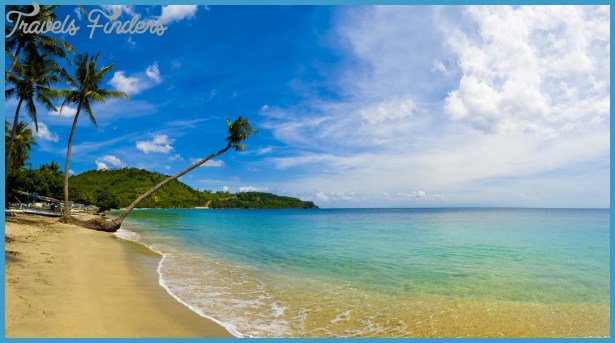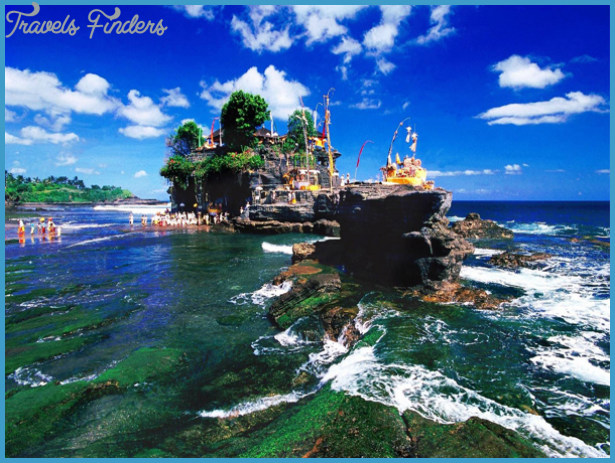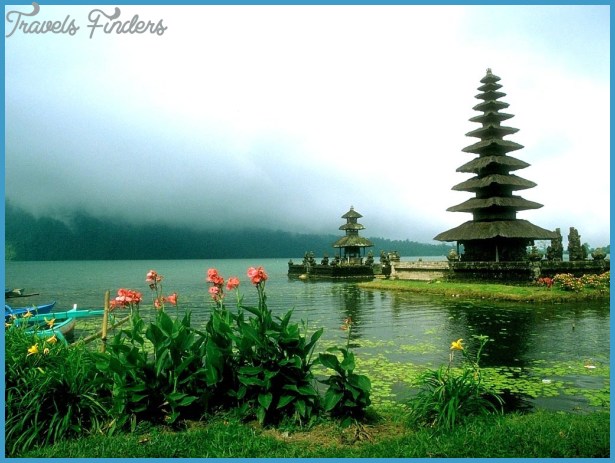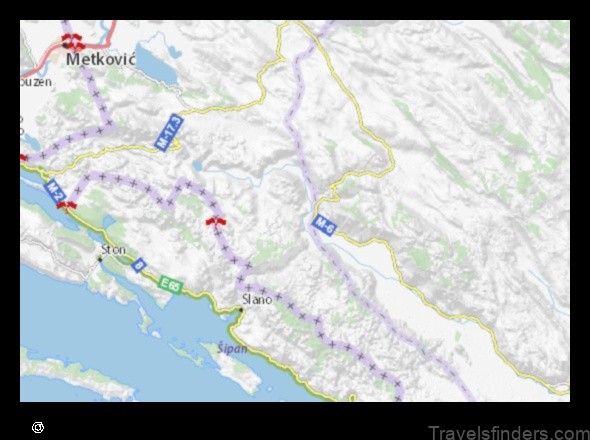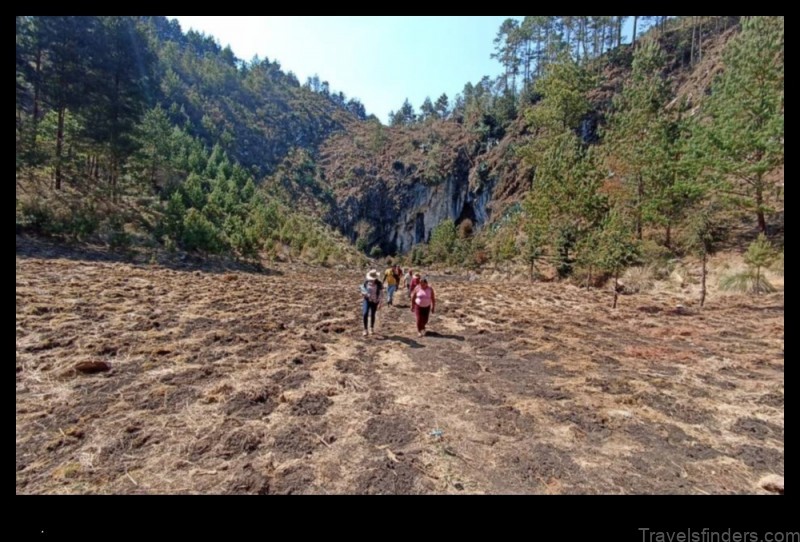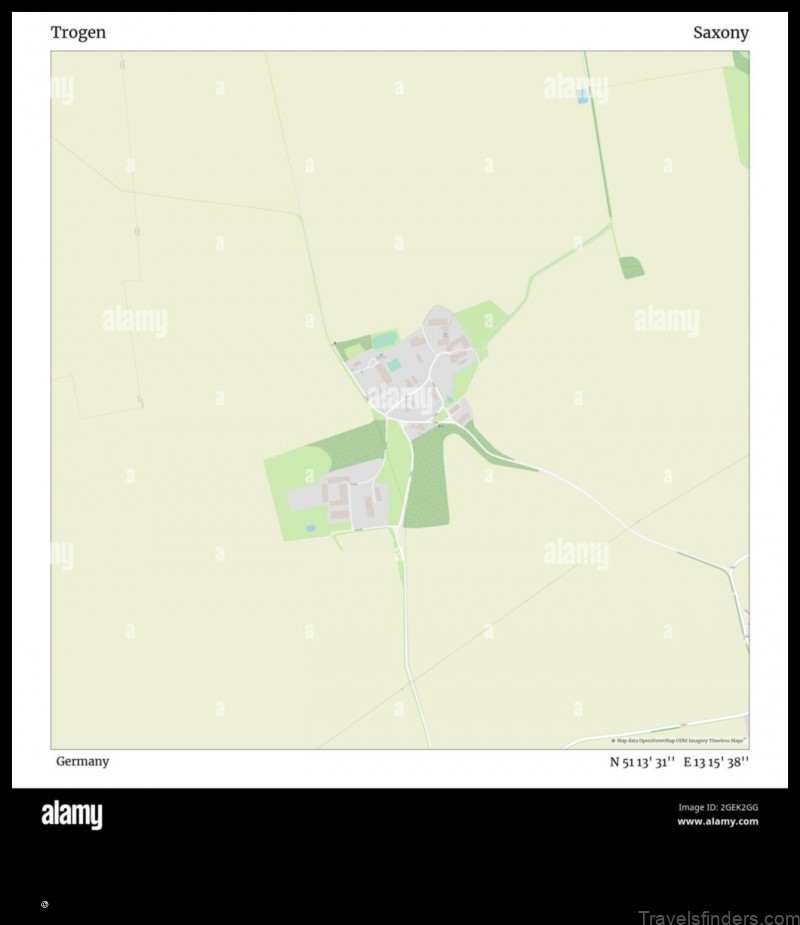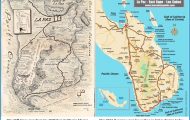OFFICIAL NAME: REPUBLIC OF INDONESIA
It may come as a surprise that the world’s fifth largest country in population is Indonesia (148 million). Java, one of three thousand inhabited islands that make up Indonesia, has ninety million people living in an area the size of New York State. The total area is slightly smaller than Alaska and California combined. Also strange is the fact that some peaks in Borneo are continuously capped with snow.
Most of Indonesia is not your favorite tourist destination. Jakarta (5.5 million) is hot, humid and lackluster. Because of the climate, two changes of clothing a day are frequently required. The island of Bali with its bare-breasted damsels and religious dancing is favored. The two monsoon seasons, December through February and June through August, are times to avoid in Indonesia.
Bali was described by India’s famous prime minister Nehru as The Morning of the World. It is also known as The Island of the Thousand Temples. Much of the everyday life in Bali revolves around religious ceremonies, which have become major tourist attractions. The Balinese capital of Denpasar has direct flights from Singapore and Sydney and a number of domestic flights. Big hotels are expensive but seaside bungalows and guest houses are reasonable. Bali has many temples, the oldest and most sacred being Pura Besakih, built on the slopes of a volcanic mountain known as the navel of the world.
Surabaya is the capital of East Java and second largest city of Indonesia. Like the British in India, the Dutch who controlled Indonesia before its independence built hill stations for rest and recreation, away from the stifling tropical heat. Tretes (pronounced tray-tess) is about an hour’s drive from Surabaya. Mount Bromo, seven thousand feet high, has a smoking crater which erupted as recently as 1948.
Borobudur, on the island of,Java, is the world’s largest Buddhist monument. This temple on the hill is a stepped pyramid of stone built over an eighty-year period in around A.D. 800. It rises eight tiers, each sitting a little smaller than the one below. Total height is 105 feet. Covered with 460 carved panels depicting the World of Desire, the panels are illustrated texts from Buddhist blogs and folktales. Seventy-two stupas (bellshaped Buddhist shrines) enclose figures of Buddha. Indonesia and UNESCO together are restoring this great ruin so that admirers from around the world can climb the ruin and feel the yearning for the eternal expressed in stone.
Sumatra, one of the largest of Indonesia’s islands, has Lake Toba, pleasant climatically because it sits at a 3000-foot altitude. The lake, over 400 square miles in size, is twice the size of Lake Geneva. There are good swimming, waterskiing, fishing and boating. The food can be delicious, especially some of the lesser known tropical fruits. One such fruit, the durian, is thought by some to be the superlative of fruits. Even so it hides behind a horrible smell. It has been likened by Anthony Burgess, a British writer, to eating strawberry blanc-mange in an unspeakably foul public lavatory.
The natives of the area, the Bataks, are known for their unique architecture, homes in which as many as 12 families live, with distinctive, saddle-backed, twin-peaked roofs. There are no windows and the home is entered by a ladder through a trapdoor in the raised floor. Today the Bataks welcome visitors. Their reputation around the turn of the century was not so good because cannibalism was then a ritualized practice in the Batak culture. Only outsiders, however, consenting old people, and certain criminals were placed on the menu. If a Batak from another village was convicted of a capital offense, the raja of his area acknowledged the sentence as just by sending two items: a cloth to cover the face of the condemned and a plate of salt and lemons for garnish. (How thoughtful can you get?)
Indonesia has one of the most vexing of population problems. More than 75 percent of the people live on the island of Java, where as many as fifty thousand people live in an area of a square kilometer. Such population density is not a problem in advanced industrialized nations but can be calamitous in a nation that is essentially agricultural.
The sovereign nation of Brunei in northwest Borneo is not high on the list of most-want-to-visit places. Its interest to international travelers is that in 1984 it became the 169th sovereign nation, another of those countries that reluctantly left the protecting arms of Great Britain. About as big as Delaware, the country’s population of 205,000 could squeeze into about two stadiums the size of the Rose Bowl in Pasadena.
The country is remarkable for two things: it is oil- and gas-rich and it is ruled absolutely by a benevolent sultan who lives in a 2,200 room palace that cost $300 million. The people, all Muslims, are not complaining. Each one gets a free pilgrimage to Mecca and the right to a good living by doing little if any hard work. Some 25,000 foreign workers keep the economy going.

